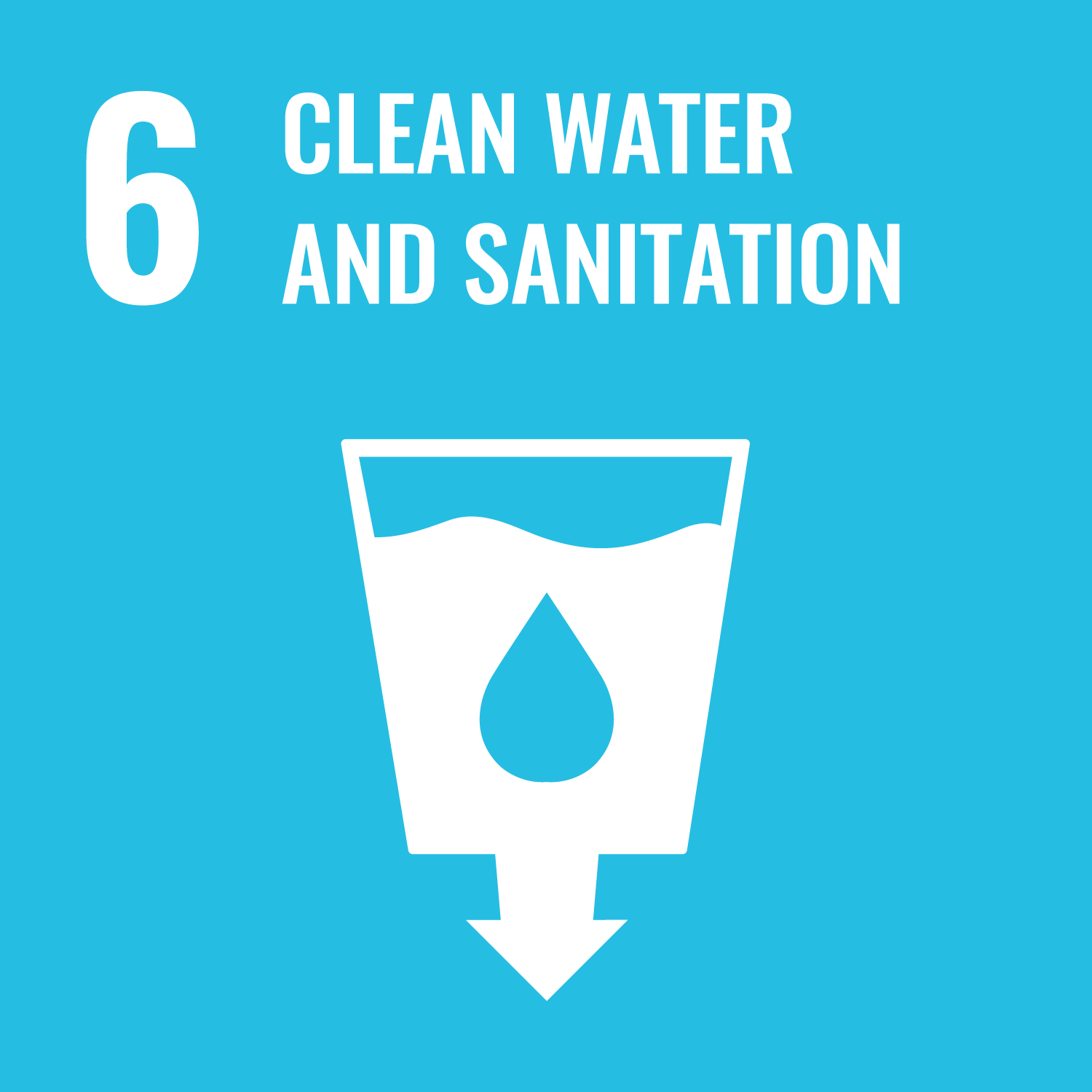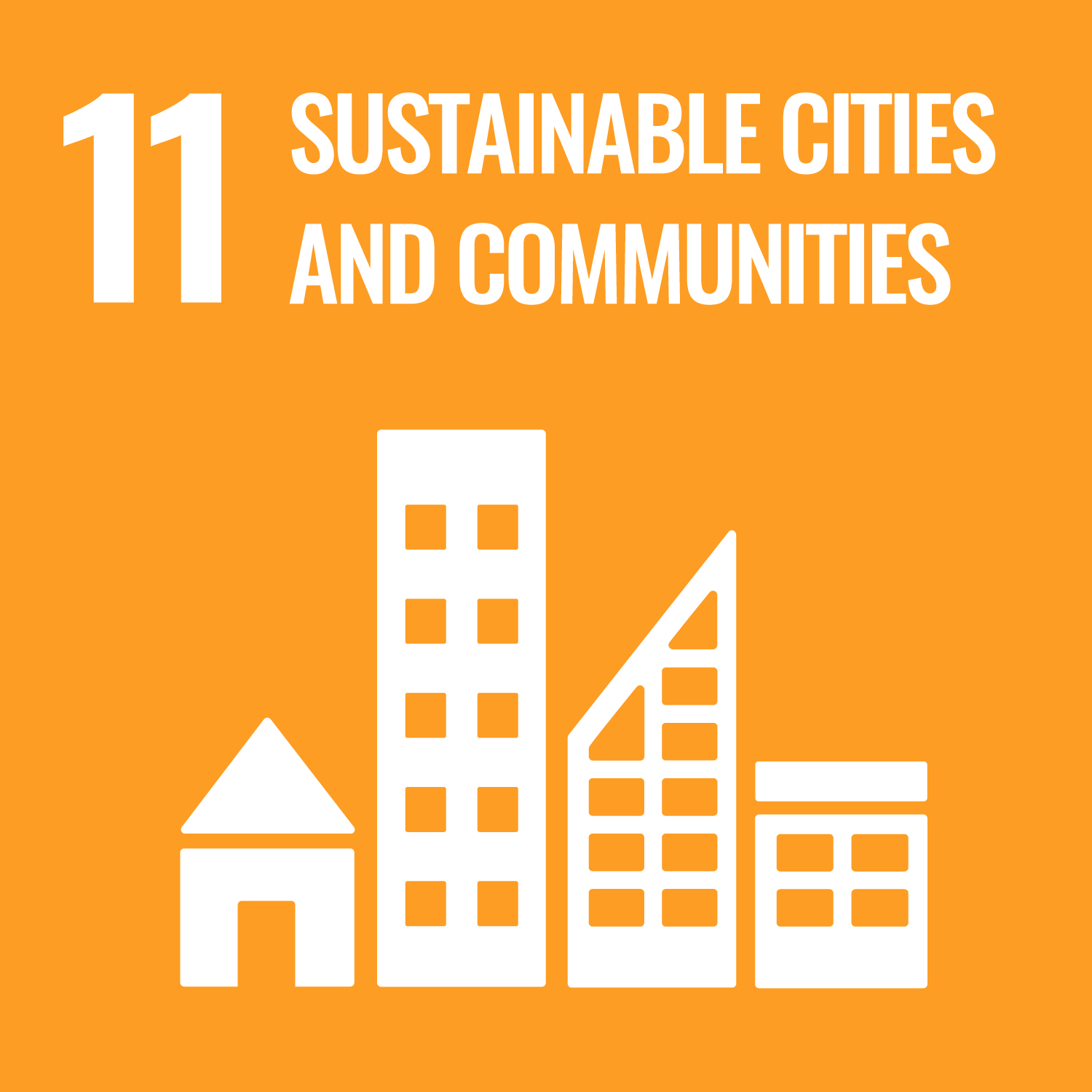[Class Outline]
Lectures and exercises on hydrodynamics and hydraulics will give students a basis for environmental management in river basins. Students will learn how to represent fluids such as water and air in mathematical terms. Students will learn the conservation laws of mass, energy, and momentum in the mechanics of a perfect fluid, which models the fundamental mechanical behaviour. Students will learn the idea of viscous fluid mechanics and gain knowledge of the equation of flow motion and laminar and turbulent flows. Students will practice using the above lecture contents through exercises.
[Keywords]
perfect fluid, energy conservation law, momentum conservation law, viscous fluid, equation of motion, laminar and turbulent flows
Lectures and exercises on hydrodynamics and hydraulics will give students a basis for environmental management in river basins. Students will learn how to represent fluids such as water and air in mathematical terms. Students will learn the conservation laws of mass, energy, and momentum in the mechanics of a perfect fluid, which models the fundamental mechanical behaviour. Students will learn the idea of viscous fluid mechanics and gain knowledge of the equation of flow motion and laminar and turbulent flows. Students will practice using the above lecture contents through exercises.
[Keywords]
perfect fluid, energy conservation law, momentum conservation law, viscous fluid, equation of motion, laminar and turbulent flows
・ To learn the ideas and methods for mathematically describing water flow.
・ To understand the concept and basic rules of perfect fluid mechanics and learn how to apply them to flow analysis.
・ To understand viscous fluid mechanics and analyze currents in an open channel.
・ To understand the concept and basic rules of perfect fluid mechanics and learn how to apply them to flow analysis.
・ To understand viscous fluid mechanics and analyze currents in an open channel.
- Students will be able to explain the engineering role of flow dynamics in aquatic environmental management.
- Students will be able to express the mechanical states of fluids, such as water and air, using mathematical formulas.
- Students will be able to explain energy, momentum, and mass conservation laws in the mechanics of perfect fluids and use them to analyze flows.
- Students will be able to explain the concept of frictional resistance in viscous fluid mechanics and use it to analyze uniform flow in an open channel.
| Exercises | Mid-term examinaiton | Final examination | Total. | |
|---|---|---|---|---|
| 1. | 0% | 5% | 5% | 10% |
| 2. | 10% | 10% | 10% | 30% |
| 3. | 10% | 15% | 5% | 30% |
| 4. | 10% | 5% | 15% | 30% |
| Total. | 30% | 35% | 35% | - |
A grade will be given on a comprehensive evaluation of the results of exercises (30%), mid-term examination (35%), and final
examination (35%) based on the degree of understanding of the lecture objectives. However, if the attendance rate for the
entire lecture, including practices, is less than 80%, it will not be evaluated. The evaluation criteria are that if you can
reliably solve the lecture exercise problems and similar problems, you will be at the 60% level.
| Class schedule | HW assignments (Including preparation and review of the class.) | Amount of Time Required | |
|---|---|---|---|
| 1. | IIntroduction - lecture guidance - syllabus lecture contents evaluation methods office hours, etc. Fundamentals of hydraulics, Part 1 What is hydraulics? Dimension, unit, a significant digit |
Read the lecture syllabus in advance (lecture guidance) | 10minutes |
| Read the relevant part of the textbook in advance (mathematical description of fluids) | 120minutes | ||
| 2. | Fundamentals of hydraulics, Part 2 Fluid properties Flow classification Explaining the exercise |
Be prepared to answer and submit the practice questions that will be distributed in advance by the end of the lecture period. | 180minutes |
| 3. | Hydrostatics, Part 1 Why do we learn "hydrostatics"? Hydrostatic pressure Buoyancy and Archimedes' principle |
Read the relevant part of the textbook in advance | 120minutes |
| 4. | Hydrostatics, Part 2 Hydrostatic pressure working on flat and curved surfaces Stability and instability of a floating body Explaining the exercise |
Be prepared to answer and submit the practice questions that will be distributed in advance by the end of the lecture period. | 180minutes |
| 5. | The energy conservation law, Part 1 The energy of flowing water Bernoulli's theorem The derivation of Bernoulli's theorem Tricellii's theorem |
Read the relevant part of the textbook in advance | 120minutes |
| 6. | The energy conservation law, Part 2 Applications of Bernoulli's Theorem Explaining the exercise |
Be prepared to answer and submit the practice questions that will be distributed in advance by the end of the lecture period. | 180minutes |
| 7. | Midterm examination and its explanation | Reviewing the lecture content from the first half and improving understanding | 420minutes |
| 8. | Momentum conservation law, Part 1 Why do we learn the "momentum conservation law"? Derivation of the momentum conservation law |
Read the relevant part of the textbook in advance | 120minutes |
| 9. | Momentum conservation law, Part 2 Application of the Momentum Conservation Law Explanation of the exercises |
Be prepared to answer and submit the practice questions that will be distributed in advance by the end of the lecture period. | 180minutes |
| 10. | Equation of motion in fluids, Part 1 Introduction How to describe fluid motion Basic equations of fluid motion Navier-Stokes equation Continuous equation |
Read the relevant part of the textbook in advance | 120minutes |
| 11. | Equation of motion in fluids, Part 2 Basic elements of fluid motion and vorticity Velocity potential and flow function Explanation of the exercises |
Be prepared to answer and submit the practice questions that will be distributed in advance by the end of the lecture period. | 180minutes |
| 12. | Laminar and turbulent flows, Part 1 Characteristics of laminar and turbulent flows Reynolds number Critical Reynolds number Velocity distribution in laminar flows - in the case of a circular pipe flow |
Read the relevant part of the textbook in advance | 120minutes |
| 13. | Laminar and turbulent flows, Part 2 Turbulence and Reynolds stress Velocity distribution of turbulent flows - near the wall Explanation of the exercise |
Be prepared to answer and submit the practice questions that will be distributed in advance by the end of the lecture period. | 180minutes |
| 14. | Final examination and its explanation | Reviewing the whole lecture content and improving its understanding | 420minutes |
| Total. | - | - | 2650minutes |
| ways of feedback | specific contents about "Other" |
|---|---|
| Feedback in the class |
Textbook: The basics in civil engineering - Hydraulics, Yasuo Nihei, Hitoshi Miyamoto, Katsuhide Yokoyama, Nobuto Nakayoshi,
Kodansha, 232p., 2017 (in Japanese).
Reference book: Hydraulics - Introduction to Hydraulic Engineering -, edited by Hydraulic Engineering Study Group, Gihodo Publishing, 259p, 1995 (in Japanese).
Reference book: Clear explanation of hydraulics, Mikio Hino, Maruzen, 345p, 1983 (in Japanese).
Reference book: Hydraulics, Iehisa Nezu, Akihiro Tominaga, Asakura Shoten, 319p, 2000 (in Japanese).
Reference book: Hydraulics - Introduction to Hydraulic Engineering -, edited by Hydraulic Engineering Study Group, Gihodo Publishing, 259p, 1995 (in Japanese).
Reference book: Clear explanation of hydraulics, Mikio Hino, Maruzen, 345p, 1983 (in Japanese).
Reference book: Hydraulics, Iehisa Nezu, Akihiro Tominaga, Asakura Shoten, 319p, 2000 (in Japanese).
Take the lecture "Calculus and Exercises 1" or the similar contents in advance. Ability to perform calculations using a scientific
calculator or PC (Excel, etc.).
- At the lecturer's room in the Omiya campus during the lunch break on the lecture day. It is highly recommended that you make a reservation by an e-mail to the Professor in advance.
- Upload additional content explanations and related materials to the lecture folder.
- This lecture is an introductory lecture on fluid mechanics/hydraulics, and it cannot be said to be easy at all, as there are many mathematical formulas. However, the basic laws are only the three conservation laws of energy, momentum, and mass, and the idea is simpler than it appears.
- Currently, due to global warming and torrential rains, appropriate environmental management of the hydrosphere, including rivers and lakes, is becoming increasingly important. In this lecture, you will learn the basics of mechanical thinking and methods that form the basis of environmental management of the aquatic environment. The professor hopes you will study hard to obtain the essentials in basic fluid mechanics/hydraulics.
- Course that cultivates an ability for utilizing knowledge
- Course that cultivates a basic self-management skills
| Work experience | Work experience and relevance to the course content if applicable |
|---|---|
| N/A | N/A |


- 6.CLEAN WATER AND SANITATION
- 11.SUSTAINABLE CITIES AND COMMUNITIES
Last modified : Sat Mar 08 04:24:27 JST 2025
